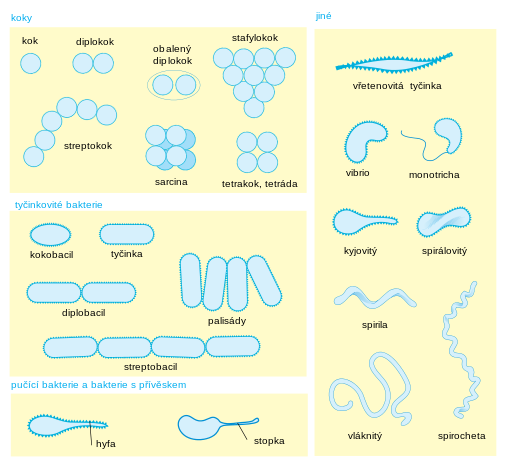

S-layer (surface layer) is a layer found on the surface of most of the pathogenic bacteria, which is composed of a two-dimensional array of proteins with crystalline appearance in various symmetries, such as hexagonal, tetragonal or trimeric (Figure 2.7).

The agglutinating action of pili results in the formation of films of bacteria that are visible on the surface of broth cultures.

In some pathogenic bacteria, pili act similar to fimbriae in attachment to the host cells and establishment of infection. Such pili are called fertility pili (F pili) or sex pili. The filament is somewhat rigid and do not whip back and forth, rather it spins much like the propeller of a boat for the movement of the cell. This process is called self- assembly, as all the information for the final structure of the filament resides in the protein subunits themselves. Unlike a hair, which grows at its base, the filament of a flagellum grows at its tip.Īmino acids pass along the hollow center of the filament and add to its distal end. Flagellin molecules form chains three such chains inter-twine to form the flagellum. It is made of a single type of protein, ‘flagellin’ whose molecular weight is about 40,000. It is several times longer than the bacteria cell. It is the long hair-like filamentous portion of the flagellum, which emerges from the hook.

The motor action of the basal body is transmitted to the filament through the hook. It is slightly thicker than the filament. (b) Hook :Ī short hook connects the basal body to the filament of the flagellum. In case of gram- negative bacteria, in which the cell wall consists of an outer lipopolysaccharide (LPS) layer in addition to the thinner inner peptidoglycan layer, the basal body has one more pair of rings the L-ring embedded in the LPS layer and the P-ring in the thin peptidoglycan layer. They function as motor switch, reversing the rotation of the flagellum in response to intracellular signals. Proton movement across the cell membrane through these mot proteins produces the proton motive force (energy) required for the rotation of these two rings, which ultimately act as the motor for the propeller-like rotation of the flagellum.Īnother group of proteins, called fli proteins, is present sandwiched between these two rings. Surrounding these rings are a group proteins called mot proteins. In case of gram-positive bacteria, in which the cell wall consists of a peptidoglycan layer alone, the basal body has only one pair of rings the M-ring and the S-ring, both embedded in the cell membrane. It consists of a small central rod that passes through a system of rings. It provides anchorage to the flagella as well as functions as a motor, thereby imparting the rotary motion of the flagellum. It forms the base part of the flagellum and is anchored in the cytoplasmic membrane and cell wall. The bacterial flagella have three parts namely (a) Basal Body, (b) Hook and (c) Filament (Figure 2.4). Moreover, bacterial flagella, unlike eukaryotic flagella, are somewhat rigid and do not whip back and forth, rather they spin much like the propeller of a boat for the movement of the cell. No cell membrane is present over the bacterial flagella unlike in eukaryotic flagella. They are much thinner than the flagella or cilia of eukaryotic cells. Bacterial flagella are totally different from eukaryotic flagella in structure and mechanism of action. Most of the motile bacteria possess flagella. The different parts of a generalized bacteria cell have been-shown in Figure 2.3 and have been described as follows:īacterial flagella are thin filamentous hair-like helical appendages that protrude through the cell wall and are responsible for the motility of bacteria.


 0 kommentar(er)
0 kommentar(er)
